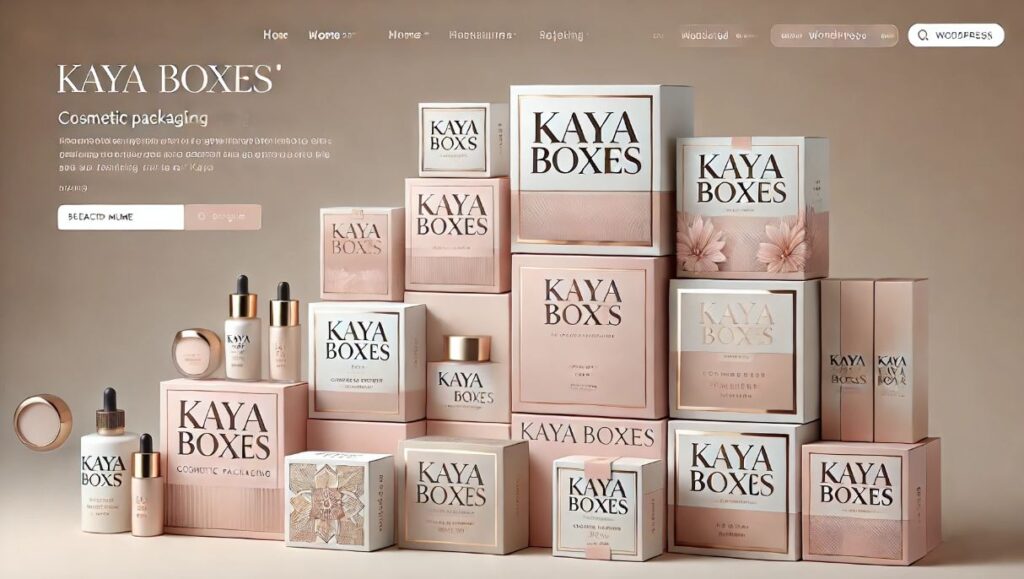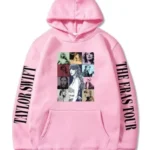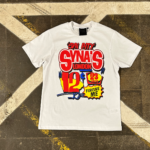Choosing the right packaging material is essential for businesses. Not only does it protect products, but it also influences costs. To maximize savings, you need packaging that balances quality with price. Let’s explore the most cost-effective options, especially if you work with rigid, cardboard, and Kraft packaging.
1. Cardboard: Affordable and Versatile
Cardboard remains one of the most widely used packaging materials. It’s popular due to its flexibility and low cost.
Benefits of Cardboard
Cardboard is lightweight, which reduces shipping costs. It’s also easy to customize, making it suitable for various product sizes. Many businesses prefer cardboard because it offers good protection and can be reinforced for fragile items.
Cost Savings
Cardboard can be sourced at competitive prices, especially when ordered in bulk. It’s also recyclable, making it an eco-friendly and cost-saving choice in the long run.
2. Kraft Paper: Eco-Friendly and Budget-Friendly
Kraft paper is another excellent option for affordable packaging. It’s known for its durability and sustainability.
Benefits of Kraft Paper
Kraft paper is made from natural wood fibers, which makes it stronger than regular paper. It’s ideal for wrapping and packaging products that don’t require heavy protection. Many companies opt for Kraft paper due to its rustic and eco-friendly appeal.
Cost Savings
Since Kraft paper is lightweight, it saves on shipping costs. It’s also one of the least expensive packaging materials. Buying in bulk further reduces expenses, making it a smart choice for cost-conscious businesses.
3. Corrugated Cardboard: Strong and Cost-Effective
Corrugated cardboard, also known as double-wall cardboard, offers additional protection for products. It consists of multiple layers, providing excellent cushioning.
Benefits of Corrugated Cardboard
Corrugated cardboard is ideal for shipping fragile or heavy items. Its structure absorbs shocks, ensuring products arrive undamaged. It’s also widely available and easy to recycle, which helps reduce waste disposal costs.
Cost Savings
While corrugated cardboard is slightly more expensive than regular cardboard, its strength can save money by reducing product damage during transport. Over time, fewer returns and replacements add up to significant savings.
4. Polyethylene Foam: Affordable Cushioning
Polyethylene foam is another cost-effective packaging material. It’s often used to protect delicate items, like electronics or glass.
Benefits of Polyethylene Foam
Polyethylene foam is lightweight yet strong, providing excellent protection against scratches and impacts. It’s water-resistant and durable, ensuring products stay safe during shipping.
Cost Savings
Due to its lightweight nature, polyethylene foam reduces shipping costs. It’s also reusable, which can save money for businesses that ship in bulk or offer returns. This makes it a cost-effective option for long-term use.
5. Molded Pulp: Eco-Friendly and Low-Cost
Molded pulp is gaining popularity as a sustainable packaging material. It’s made from recycled paper products and is both eco-friendly and affordable.
Benefits of Molded Pulp
Molded pulp is perfect for protecting fragile items. Its ability to be molded into various shapes allows for custom protection. Many businesses appreciate its compostable nature, which resonates with eco-conscious consumers.
Cost Savings
Because molded pulp is made from recycled materials, it’s generally inexpensive to produce. Companies that want to save on raw material costs while supporting sustainability often choose this option. Its versatility reduces the need for additional protective packaging, further lowering costs.
6. Bubble Wrap: Lightweight and Protective
Bubble wrap is widely recognized for its ability to cushion and protect fragile items. It’s an economical option for many businesses.
Benefits of Bubble Wrap
Bubble wrap offers superior shock absorption and prevents damage during transportation. It can be wrapped around products or used as void filler in packages. Its clear structure allows visibility of the product, which is useful for certain businesses.
Cost Savings
Bubble wrap is light, reducing shipping expenses. It can also be reused multiple times, allowing businesses to save money on repeat packaging needs. For businesses shipping delicate products, bubble wrap is a cost-effective solution that reduces the need for returns.
7. Flexible Packaging: Lightweight and Affordable
Flexible packaging refers to materials like pouches, bags, and films. These materials are often made from plastics or laminates, offering cost-effective options for packaging small to medium items.
Benefits of Flexible Packaging
Flexible packaging is light, durable, and versatile. It works well for food, cosmetics, and other products that don’t require rigid protection. Its flexibility allows for compact storage, saving space during shipment.
Cost Savings
Due to its low weight, flexible packaging reduces shipping and storage costs. It’s also less expensive to produce than rigid packaging. This makes it a go-to option for many businesses looking to lower expenses without sacrificing quality.
8. Paperboard Boxes: Lightweight and Recyclable
Paperboard is a lightweight, sturdy material made from paper-based fibers. It’s an excellent option for packaging small, light products like cosmetics, pharmaceuticals, or food items.
Benefits of Paperboard
Paperboard is easy to print on, making it ideal for branded packaging. It’s also recyclable and compostable, giving businesses an environmentally friendly option that doesn’t compromise on quality.
Cost Savings
Paperboard is generally more affordable than thicker materials like cardboard or plastic. Because it’s easy to fold and store, paperboard reduces warehouse costs. For businesses shipping lighter products, it offers a balance of affordability and quality.
9. Shrink Wrap: Cost-Efficient for Bulk Packaging
Shrink wrap is a polymer plastic film used to secure multiple products together. It’s an economical solution for businesses that need to bundle items.
Benefits of Shrink Wrap
Shrink wrap is durable, waterproof, and tamper-evident, making it perfect for protecting products during shipping. It works well for bulk packaging and is often used in industries like food, pharmaceuticals, and retail.
Cost Savings
Because shrink wrap tightly conforms to products, it minimizes the space needed for shipping. This saves on storage and transportation costs. It’s also inexpensive to produce, especially for large volumes of products.
10. Air Pillows: Inexpensive Void Fillers
Air pillows, also known as air cushions, are used as void fillers in packages. They’re an economical alternative to packing peanuts or foam.
Benefits of Air Pillows
Air pillows are lightweight and provide excellent protection by filling gaps in boxes. They prevent items from shifting and reduce the risk of damage. They’re also easy to store and inflate on demand.
Cost Savings
Because air pillows are mostly air, they significantly reduce shipping weight. This leads to lower transportation costs. Additionally, they require minimal storage space and are less expensive than traditional cushioning materials.
Conclusion: Balancing Cost and Quality in Packaging
Selecting the right packaging material depends on your business needs and budget. Cardboard, Kraft paper, and corrugated cardboard remain top choices for businesses focused on affordability and sustainability. Molded pulp, shrink wrap, and air pillows also offer significant cost savings while protecting your products.
In the end, cost-effective packaging is not just about the upfront price. You should also consider factors like shipping weight, durability, and environmental impact. By choosing the right materials, you’ll ensure that your products are protected, your customers are satisfied, and your costs remain low.



